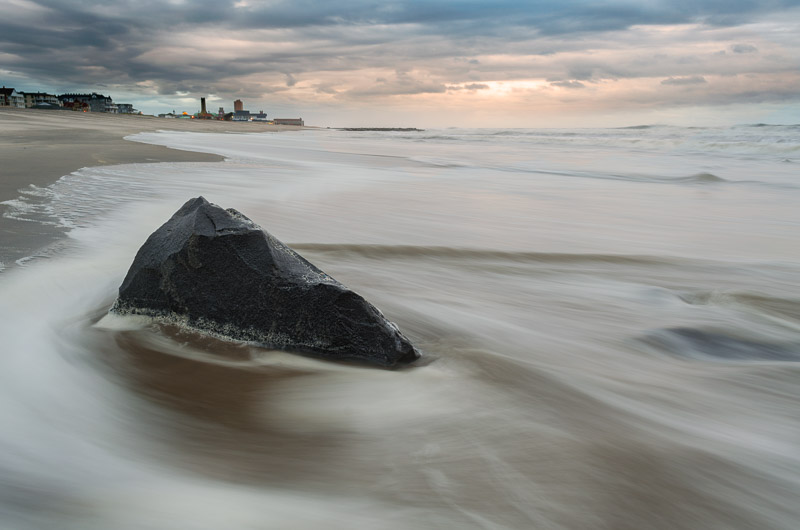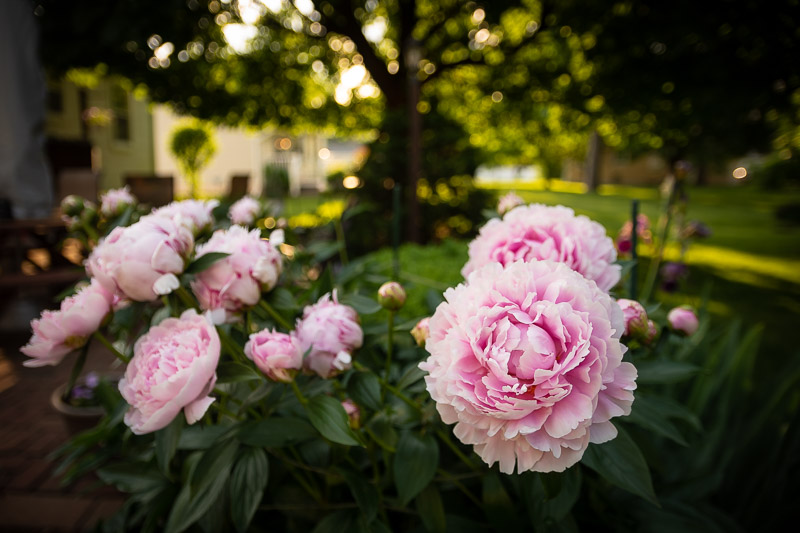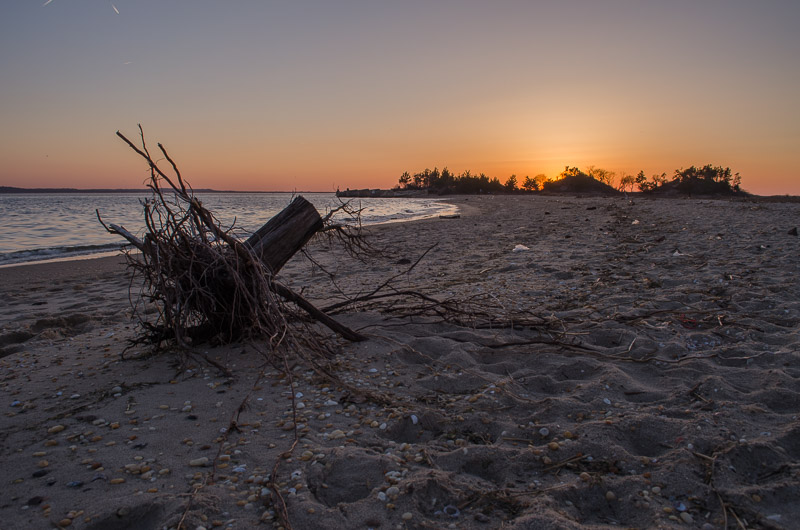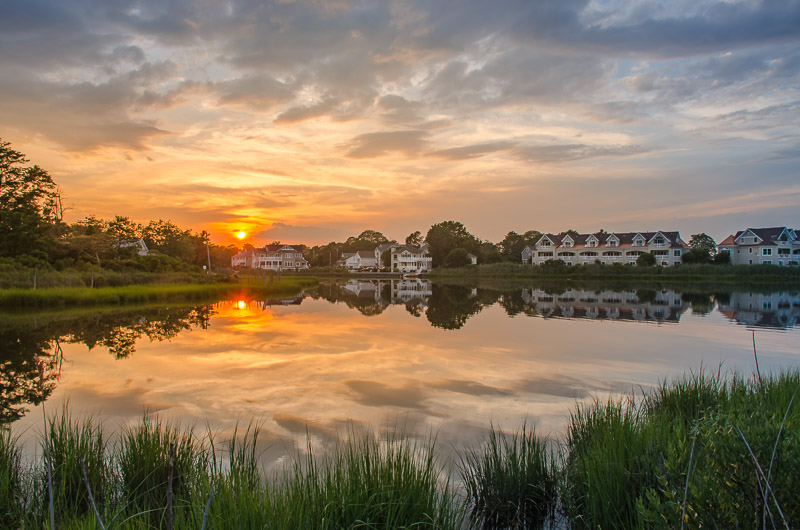Wide-angle photography can open up a world of opportunities for a photographer looking to expand their look.
Wide-angle photography is an image capture technique where the photographer captures a wide field of view into one image. A field of view greater than about 64 degrees (diagonal across the frame) would constitute “wide-angle photography.”
Short focal lengths will help you to achieve this angle of view. For example, on a full-frame camera, a 35mm lens will produce a field of view in landscape orientation of about 63 degrees. This marks the starting point for “wide-angle photography.”
Pro Tip: Use the PhotoPills App to calculate your exact field of view for any lens on any camera…A MUST for any photographer!
Check out this guide if you’re looking to add a wide-angle lens to your bag…

Use Distortion for Good
One of the factors that must be considered when jumping into the world of wide-angle photography is the fact that your images will appear to be “distorted.”
Objects placed very near the front of the lens will appear much larger and backgrounds will appear to be smaller than normal. Vertical lines near the edges of the frame, especially those in the foreground, will appear to lean or bend inward toward the center of the frame.
Tall objects, such as buildings photographed with a wide-angle lens from up close will seem to lean backward.
This distortion, known as pincushion distortion comes hand-in-hand with the optics of a typical wide-angle lens. If you’re clever, you can use this distortion in creative ways.
Fix Distracting Distortion
Sometimes, the distortion will be more of a distraction than at other times. To some extent, you are able to leverage the power of processing to fix this distortion.
Lens profiles in
If you’re a “get it right in-camera” kind of person, you might opt for something like a tilt-shift lens. Get your wallet out though…these things can be kind of pricey!
But, a lens like the Canon TS-E 24mm has virtually no distortion and through lens movements allow you to photograph buildings that don’t look like they’re trying to fall over…That is unless you’re trying to photograph the Leaning Tower of Piza, which of course is actually falling over.
Get Close To Your Subject
One of the best things about a wide-angle lens is that you can use them to get really close to a subject in the foreground.
The distortion of a wide-angle can take an unassuming object in the foreground and turn it into a major component of the composition.

Many wide-angle lenses by the very nature of the optics have a small minimum focusing distance. That means you can get very close to something and still get it in sharp focus.
This is a very common technique for landscape photographers.
You can take something small like a flower and, by getting close to it, make it considerably larger in the frame while still capturing a beautiful sky or sunset. It’s a great way to create compositions that are unique.
Explore your Composition Through Your Viewfinder
One of the main challenges of wide-angle photography is being able to visualize your composition.
What you see with your eyes is often very different from the image your camera captures with a wide-angle lens. If you’re new to wide-angle, you’ll find that you often underestimate the field of view for your wide-angle lens.
Some lenses are so wide they can almost see behind themselves with a field of view greater than 180 degrees. This does not fit with the normal human experience of vision so using the viewfinder or screen is essential to visualize the composition.
Until you get enough experience with a lens to be able to visualize how the image will look, the best approach is to use the viewfinder or screen on the back of your camera to find the right composition.
Before you set up a tripod and lock down your camera in one position, hold it in your hands and walk around looking for different compositions. Often you’ll find something you didn’t even think of.

See The Whole Composition
Wide-angle lenses capture a lot.
So you may end up with things in the frame that can distract from the composition you want.
Things like trash, random people, and bright reflections (to name a few) are all elements that will distract from the subject of the image. With a wide-angle lens, these distracting elements can sneak in without you even noticing.
The best way to avoid this is to scan the frame from end to end while setting up your composition. You may be able to adjust the angle slightly to get a better composition by avoiding these elements.
You can also just plan to remove them in Photoshop later on, but depending on where they are in your image and how large they are, this can prove to be difficult in some situations.
Shoot and Stitch Multiple Images into One
Shooting with a wide-angle lens isn’t the only way to get super wide images. You can use any focal length lens to do it.
All you have to do is shoot a multi-level panorama.
Most people think of a panorama as just shooting multiple images horizontally, but you don’t have to be limited to that. You can shoot in grids like 3×3, 5×10, or even 10×10. The resulting image will be much wider than the focal length of the lens you use. The more frames you include, the wider the shot.

As long as each image overlaps any images adjacent to it then you can easily stitch them together in Lightroom or Photoshop.
Be careful though, the more images you include, the harder your computer has to work to stitch them together and the more chances there are to mess up. Things like not getting enough overlap on just one image can ruin the whole set. So shoot each set at least twice to make sure you go it, because you won’t know if it works until you load the images onto your computer.
